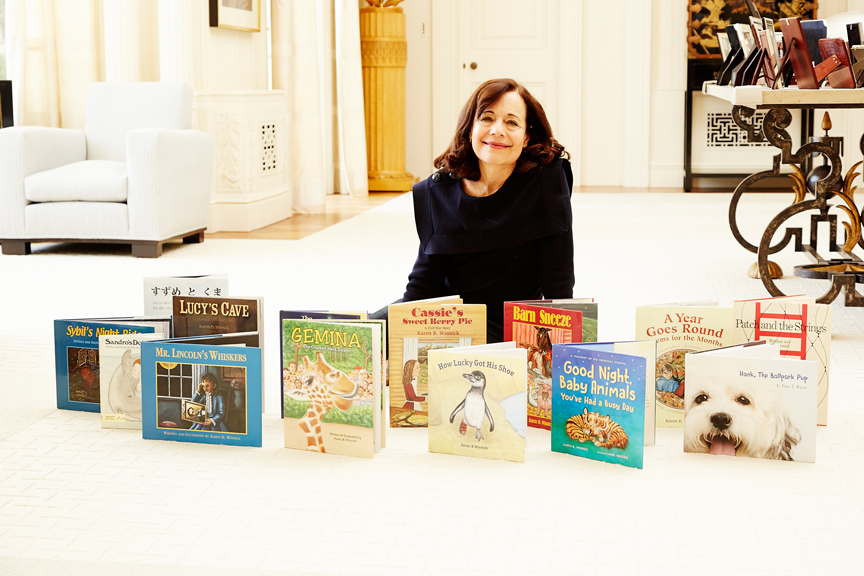
How Animals Teach Us
Soon after Gemina, I wrote and illustrated How Lucky Got His Shoe, about a Humboldt penguin with a deformed foot. If Teva, the water shoe company, could make a shoe for an elephant, they could make one for a penguin! His special shoe helped Lucky survive, enabling him to walk, swim and thrive like all the other penguins at the Santa Barbara Zoo. Lucky and his mate for life are now hatching an egg.
As President of the LA Zoo Commission, I was able to have an inquiry sent out to zoos across the country, asking about any animals with disabilities. I am now working on a collection of these stories.
Gulliver, a year-old gull, hung from a power line for three days before he was rescued, and his crushed left wing had to be amputated. Today he scuttles about his aviary, a lively gull playing tricks like hiding objects, then cocking his head and waiting for a reaction.
Randa, the oldest rhino in a North American zoo, is a cancer survivor.
Eloise is an orangutan, born with the umbilical cord wrapped around her neck, cutting off her supply of oxygen. Her mobility is limited, but she’s devised her own ways of getting around.
Piper, a blind red fox, visits schools and shows students how energetic and well adjusted a blind fox can be.
Kuma, a Brazilian ocelot, lost her leg when her father was too aggressive. She’s a pioneer, producing kittens by innovative techniques, and helping to save her species.
Dolly, a California condor unable to fly, appears with her keeper to inform visitors how only 22 of her kind were left in the world. With conservation efforts, over 200 now fly free. Almost that number are living and breeding in captivity.
Silent Knight, blinded by a gunshot, is a large male sea lion in San Francisco. He’s an ambassador who reminds us to respect all life. One young girl, on hearing his story, burst into tears and asked, “How could anyone hurt an innocent animal?”
In the wild, animals with disabilities don’t often make it, unable to catch food or escape predators. But in zoos, their needs are met with special diets, exercise and medical care.
I find these stories about animals fascinating, relevant to our own lives and those of our children.
Karen Winnick’s most recent book is Good Night Baby Animals, You’ve Had a Busy Day (Holt, 2017).
The views and opinions expressed in this article are the author’s own and do not necessarily reflect those of Lilith Magazine.



